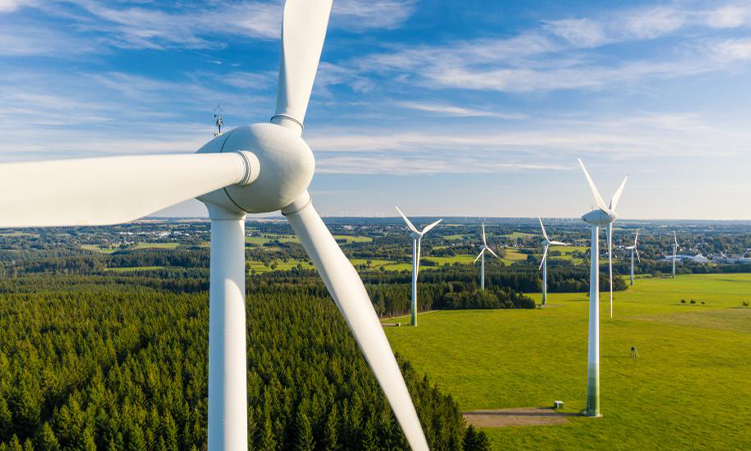Namibia has the potential to generate close to N$14 billion in revenue from the production of wind turbine towers, if investment is channelled into the manufacturing sector.
This is according to a report by American consultancy McKinsey & Company.
According to the report published by miningandenergy.com, part of the green manufacturing strategy for Namibia highlights the significant economic benefits of embracing local production.
Namibia has approved the construction of four wind power plants in the Tsau
//Khaeb (Sperrgebiet) National Park near Lüderitz.
McKinsey says the local production of towers and blades has the potential to contribute an additional US$700 million (N$13,9 billion) to Namibia’s gross domestic product by 2050.
This can be a direct contribution of 30%, an indirect contribution of 41% and an induced contribution of 29%.
The report says apart from economic gains, the local production initiative could create around 27 000 jobs by 2050, of which 26% can be direct, 38% indirect and 36% induced.
McKinsey recommends a minimum production scale of 0,5 gigawatt/year for blade production and 80 to 210 towers annually to meet near-term demand, suggesting a growth rate of 6% per year to meet the project demand by 2050, particularly driven by green hydrogen production in the //Kharas and Erongo regions.
“Green hydrogen production in Namibia is estimated to demand 20GW of wind energy generation capacity that would be the primary offtaker for locally produced wind turbine towers and blades,” the report states.
Namibia is urged to focus on satisfying local demand of wind turbines blades before supplying regional clients.
“The opportunity for Namibia is to engage in local tower and blade manufacturing and wind turbine assembly in proximity to main demand centres, such as the //Kharas and Erongo regions in the near term and the Kunene in the longer term,” the report says.
This comes as planned green hydrogen production in the //Kharas, Erongo and Kunene region is expected to require 14GW, 6GW and 32GW of wind energy by 2050, thereby providing a significant domestic market for wind turbines.
“Namibia is expected to be able to produce concrete towers and blades at competitive costs.
Namibia could capture this opportunity through attracting direct investment from established original equipment manufacturers (OEMs) for blade production and encouraging local players to engage in tower production (eg. by facilitation access to start-up capital),” McKinsey says.
The report states: “Green hydrogen production is anticipated to drive demand with planned/targeted capacity requirement estimated at +20 GW by 2050.”
This comes as turbine production is currently concentrated with European OEMs with 40% to 50% of the global market, with the Chinese OEMs anticipated to scale rapidly in the coming years due to local demand and government support.
Media reports quoted executive director of environment, forestry and tourism Theofelus Nghitila in 2020, saying the wind power plants are expected to generate 100 megawatts of electricity.
“It would enable Namibia to meet its goals under the National Development Goals and would also place Namibia to have most of its energy generated from wind energy,” he said.
Namibia has committed to increasing the share of renewable energy to about 70% of the country’s electricity needs by 2030.
– email: matthew@namibian.com.na
Stay informed with The Namibian – your source for credible journalism. Get in-depth reporting and opinions for
only N$85 a month. Invest in journalism, invest in democracy –
Subscribe Now!






